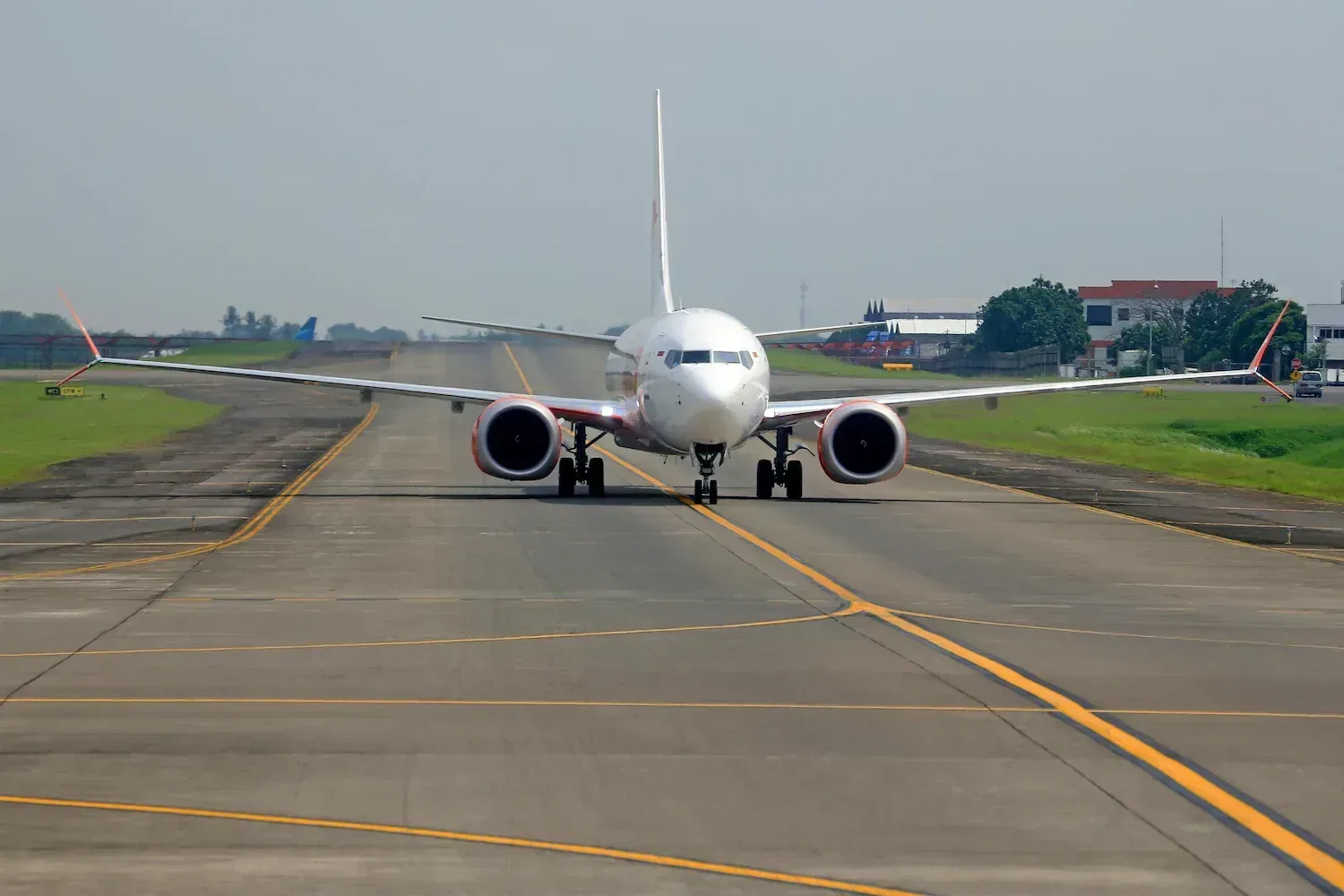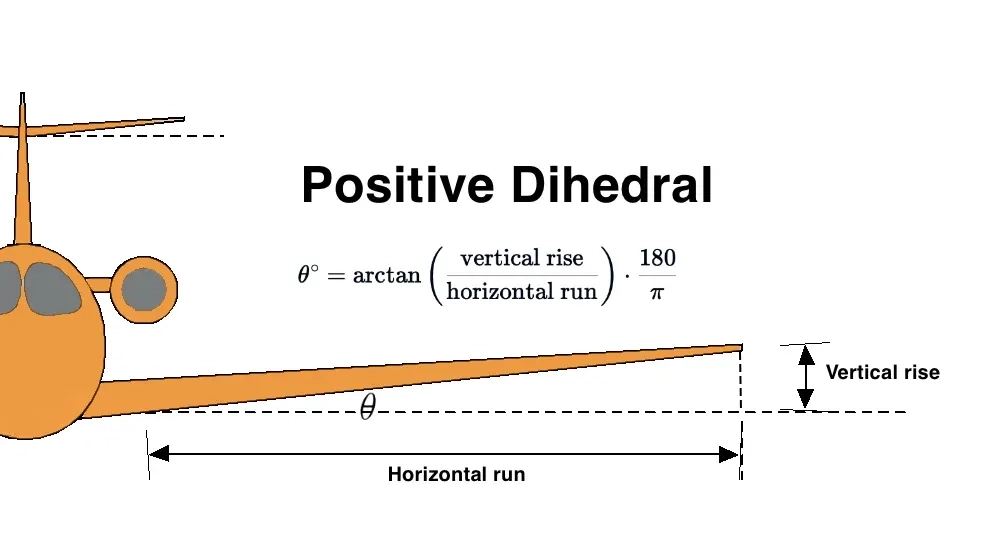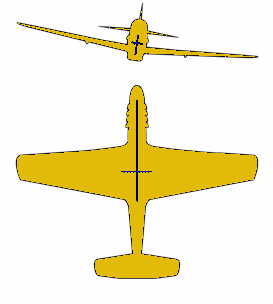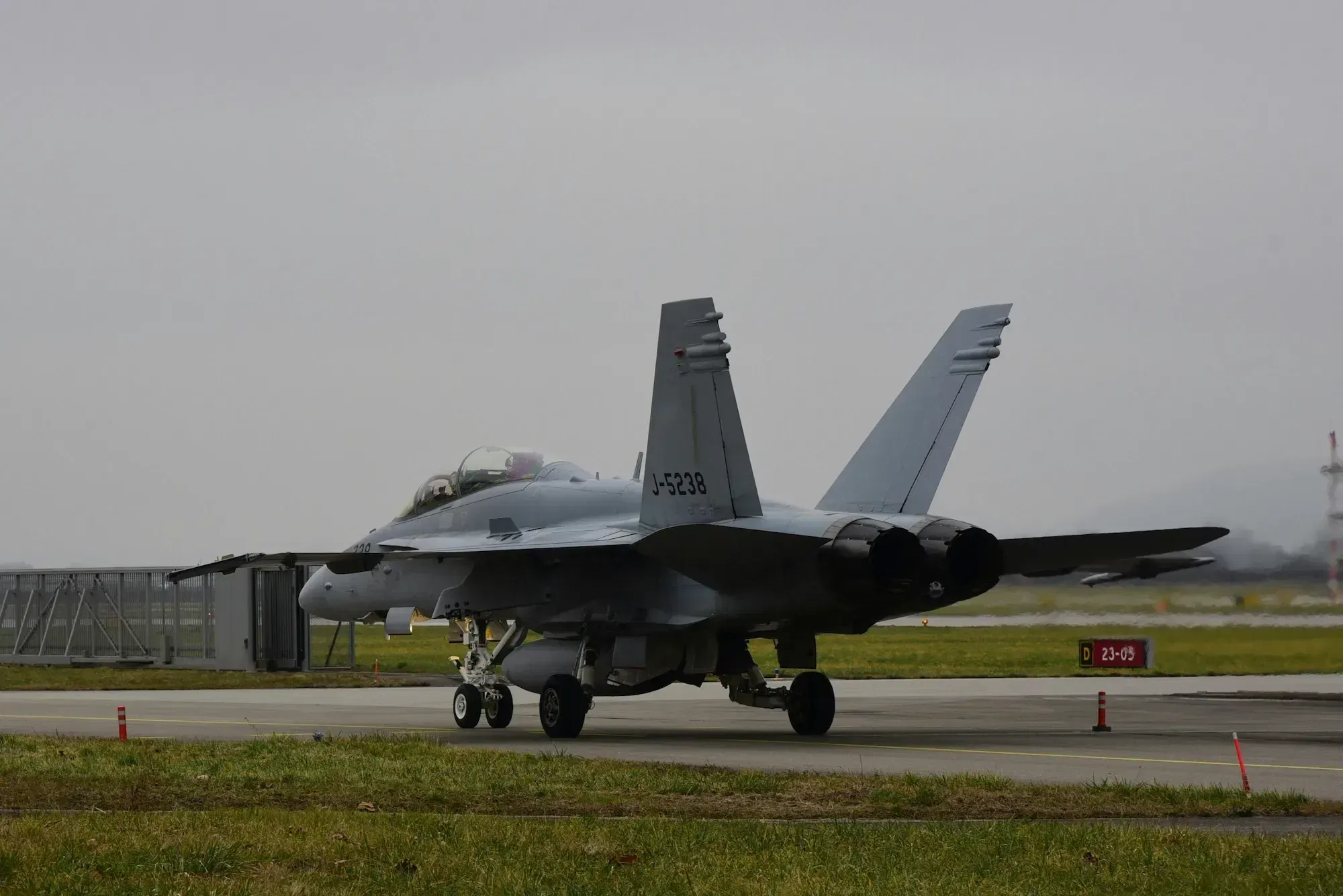Dihedral Wing Design

Dihedral Wing Design: Function, Stability, and Variations in Aircraft
Introduction: What Is Dihedral?
In aviation, dihedral refers to the upward tilt of an aircraft’s wings relative to the horizontal plane of the fuselage. When viewed from the front, the wings form a shallow “V” shape rather than extending flat. This geometric feature plays a vital role in enhancing an aircraft’s lateral (roll) stability, helping it resist and correct rolling motions caused by turbulence or imbalance.
Wing Configuration Types
Aircraft wings are typically designed in one of three configurations:
- Positive Dihedral: Wings are angled upward. This is common in general aviation aircraft, gliders, and trainers.

- Zero Dihedral: Wings extend straight out horizontally with no upward or downward tilt. This is often used in high-performance or aerobatic aircraft.

- Negative Dihedral (Anhedral): Wings are angled downward. This configuration is typical of military jets and highly maneuverable aircraft, where agility is prioritized over stability.

How the Dihedral Angle Is Measured
Definition
The dihedral angle is the upward angle between the wing and a horizontal reference line parallel to the aircraft’s fuselage.
Measurement Methods
- Per-Wing Dihedral (Engineering Standard): A “5-degree dihedral” refers to a 5-degree upward tilt on each wing, measured from the wing root to the tip relative to the horizontal reference plane.
- Total Dihedral (Informal): In some modeling communities, the angle of both wings combined is described (e.g., 3 degrees per wing is labeled as “6 degrees total”), but this is not technically accurate.
Practical Measurement
To determine the dihedral angle in practice:
- Place the aircraft on a level surface.
- Measure the vertical distance from the wingtip to the ground.
- Measure the horizontal distance from the wing root to the wingtip.
- Use the formula:
- In digital design environments such as CAD or aircraft blueprints, the angle is measured directly between the wing’s chord line and the aircraft’s horizontal reference plane.

Purpose of Dihedral: Enhancing Lateral Stability
The primary function of dihedral is to increase lateral stability, enabling the aircraft to return to level flight after a roll disturbance.
Mechanism of Stability
- Roll Disturbance: A gust causes one wing to dip, initiating a roll.
- Sideslip: The aircraft begins to drift sideways due to the imbalance.
- Relative Wind Shift: The oncoming airflow changes direction, striking the wings at an angle.
- Asymmetric Lift:
- The lower wing meets the airflow at a higher effective angle of attack and generates more lift.
- The upper wing encounters a lower angle of attack and produces less lift.
- Restoring Moment: The difference in lift creates a rolling moment that pushes the aircraft back toward level flight.
Benefits of Dihedral Wing Design
- Improved Lateral Stability: Helps the aircraft self-correct roll deviations.
- Reduced Pilot Workload: Less frequent control inputs are required to maintain level flight.
- Enhanced Stability for Specific Aircraft Types: Especially beneficial in gliders, training aircraft, and unmanned aerial vehicles.
- Support for Autonomous Flight: Dihedral provides passive correction mechanisms in UAVs and fixed-wing drones.
Trade-Offs and Limitations
- Reduced Roll Agility: Aircraft with strong dihedral tend to roll more slowly, making them less suitable for quick maneuvers or aerobatics.
- Slight Drag Increase: The angled wings can introduce minor aerodynamic drag penalties at high speeds.
- Dutch Roll Tendency: In swept-wing aircraft, dihedral can contribute to coupled yaw-roll oscillations.
Dutch Roll: A Coupled Instability
Dutch roll is a dynamic motion that combines yaw and roll oscillations. It is especially common in swept-wing aircraft with significant dihedral.
How It Occurs
- A yaw disturbance causes the aircraft to sideslip.
- Dihedral results in a rolling motion in response.
- The aircraft overcorrects, leading to repeating oscillations.
Mitigation Techniques
- Installation of yaw dampers (automated rudder control systems)
- Design adjustments such as larger vertical stabilizers
- Careful balancing of dihedral angle, wing sweep, and tail configuration

Design Considerations Across Aircraft Types
- High-Wing Aircraft: Benefit from pendulum-like stability and may require less geometric dihedral.
- Low-Wing Aircraft: Depend more heavily on dihedral angles to achieve roll stability.
- Fighter Jets and Agile Aircraft: Often use anhedral wing designs to enhance roll responsiveness and reduce passive stability.
- Trainers and Gliders: Make full use of positive dihedral to prioritise smooth, stable flight behaviour.
Summary
Dihedral wing design is a foundational element in aircraft stability engineering. By angling the wings upward, designers introduce a natural restoring force that improves roll stability and helps maintain level flight. This makes dihedral ideal for aircraft where ease of control and passive stability are important, such as gliders, UAVs, and training platforms. However, dihedral comes at the cost of reduced roll responsiveness and can contribute to complex oscillatory behaviors like Dutch roll in certain aircraft types. Importantly, dihedral does not replace ailerons. While dihedral stabilizes the aircraft automatically, ailerons remain essential for precise and intentional control over the roll axis. Together, they form a balanced system that supports both safe and agile flight performance.





